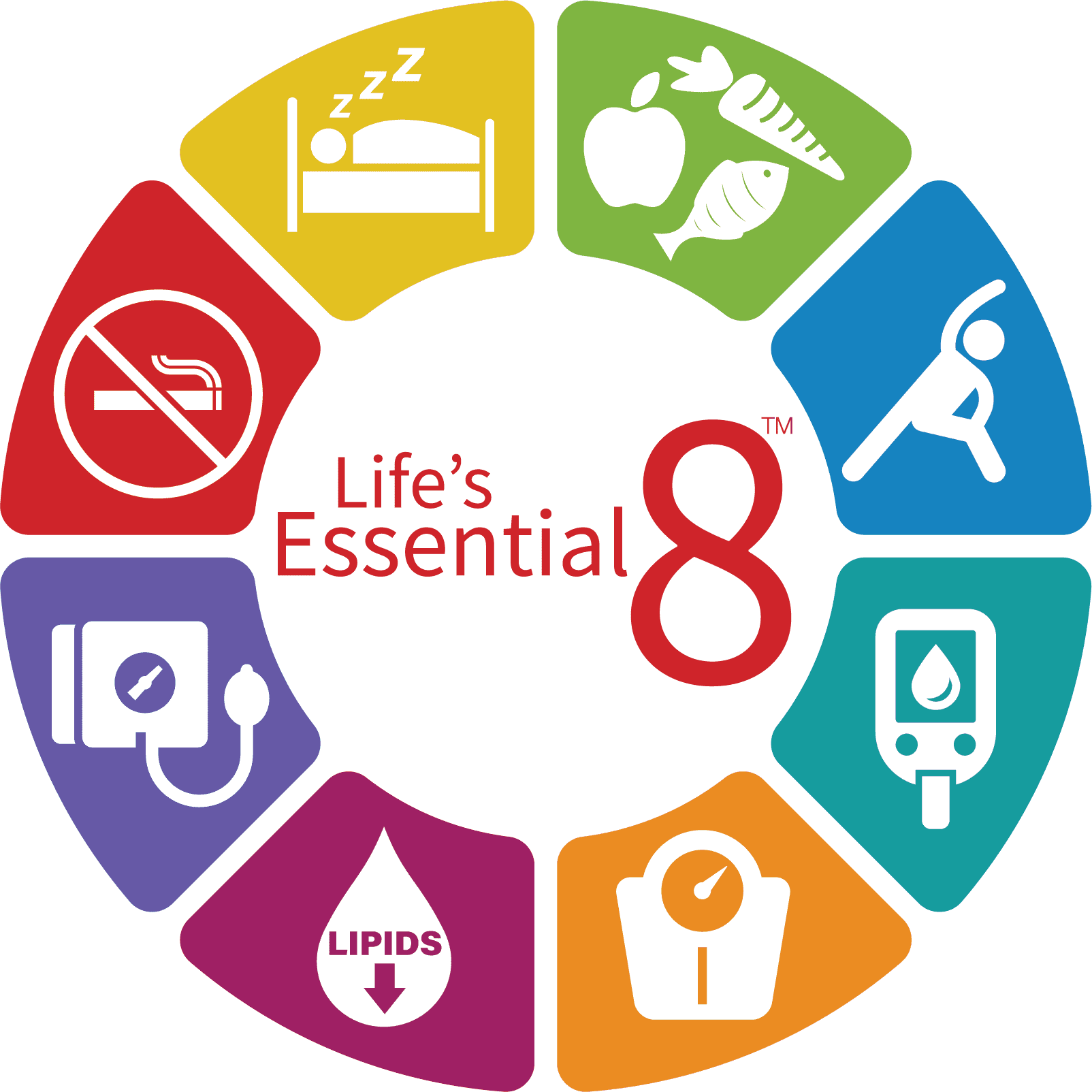Learning to Head Northbound
By Jaime Weisberg
With its rise in popularity in education, the corporate sphere and personal development, you may have come across the field of positive psychology. Alternatively, you may have been unwittingly exposed to positive psychology theory through popularized terms, like grit, mindset or flow.
Regardless of its growing presence, as a positive psychology practitioner, I find the first step in my work is clarifying what positive psychology is — and, maybe more importantly, what it is not.
Often misconstrued as positive thinking, positive psychology is actually a scientific field of study, one that taps far past optimism and promotes the experience of a full range of human emotion. A quick search on Google will yield a myriad of results to define this broad-reaching field of science. Taking a collective approach, I define positive psychology as the scientific study of optimal human function, happiness, wellbeing and success — an exploration of the strengths and virtues that enable individuals, communities and organizations to thrive.
My favorite short answer: it’s the science of the good life.
Positive psychology is a much younger scientific study than the broader field of psychology. Its roots began in the late 1990s, when the University of Pennsylvania’s Dr. Martin Seligman was president of the American Psychological Association. Martin recognized that the post-World War II landscape of psychology focused solely on a disease model, aiming to help individuals recover from mental illness and trauma. While those are necessary and important pursuits, the removal of illness didn’t necessarily lead to wellness; ending suffering did not equal flourishing. The medical community has become well-versed in how to diagnose and categorize what’s wrong with an individual, but no one was studying what was right and how to get individuals beyond a neutral point.
Martin worked with the University of Michigan’s Dr. Chris Peterson to co-author, “Character Strengths and Virtues,” a counter-manual to the “Diagnostic and Statistical Manual of Mental Disorders.” The latter diagnosed and classified mental disorders. In essence, it explained what can go wrong. With “Character Strengths and Virtues,” the authors sought to categorize what was right and looked at strengths in an empirical and rigorously scientific manner. This manual became the foundation of the VIA Survey of Character Strengths, a self-assessment that’s been taken by more than 5 million people in 190 countries, helping individuals understand their character strengths and how they can be utilized.
During the birth of the field, Martin also developed the PERMA theory of wellbeing, seeking to understand the path to a flourishing life and how people enable it. He established that there are five key elements that enable flourishing: positive emotion, engagement, relationships, meaning and achievement. Positive psychology interventions and strategies aim to make small shifts over time in each of these areas which, in turn, aim to increase our capacity to move north of neutral, to a thriving life.
Putting strategy in action
A major aspect of flourishing is the ability to build and access resilience during times of stress or struggle. Here is a tool you can utilize the next time you find yourself ruminating on or replaying a worry.
First, take some slow, calming breaths. Stress impairs the function of your prefrontal cortex, the area of your brain where rational thinking occurs.
Next, break the worry into three categories: best-case scenario, worst-case scenario and most-likely scenario. Due to a phenomenon called the negativity bias, our natural disposition is to narrowly focus on the worst-case scenario and then we replay the scenario on a loop. Taking a moment to recognize there are multiple futures that could unfold helps break that loop. If time permits, you can even assign probabilities to each of the three scenarios.
Once you put your worry into perspective, formulate the following thought: “Given the most-likely scenario, I can (fill in the blank).” Our biggest fear is not what is going to happen; rather, we fear we won’t be able to handle it.
You now have a much more probable vision of the future and an action plan for when it happens. Sometimes, you will even find your best-case is your most-likely case and wonder why you were worrying in the first place! SWM
Jaime Weisberg is an applied positive psychology coach and certified resilience trainer. She is certified to facilitate flourishing skills groups, a transformative group-learning experience. She holds a bachelor’s degree in human development from Cornell University and a certificate in applied positive psychology from The Flourishing Center in New York City. To learn more about her company, Northbound Coaching & Consulting, visit headnorthbound.com.





